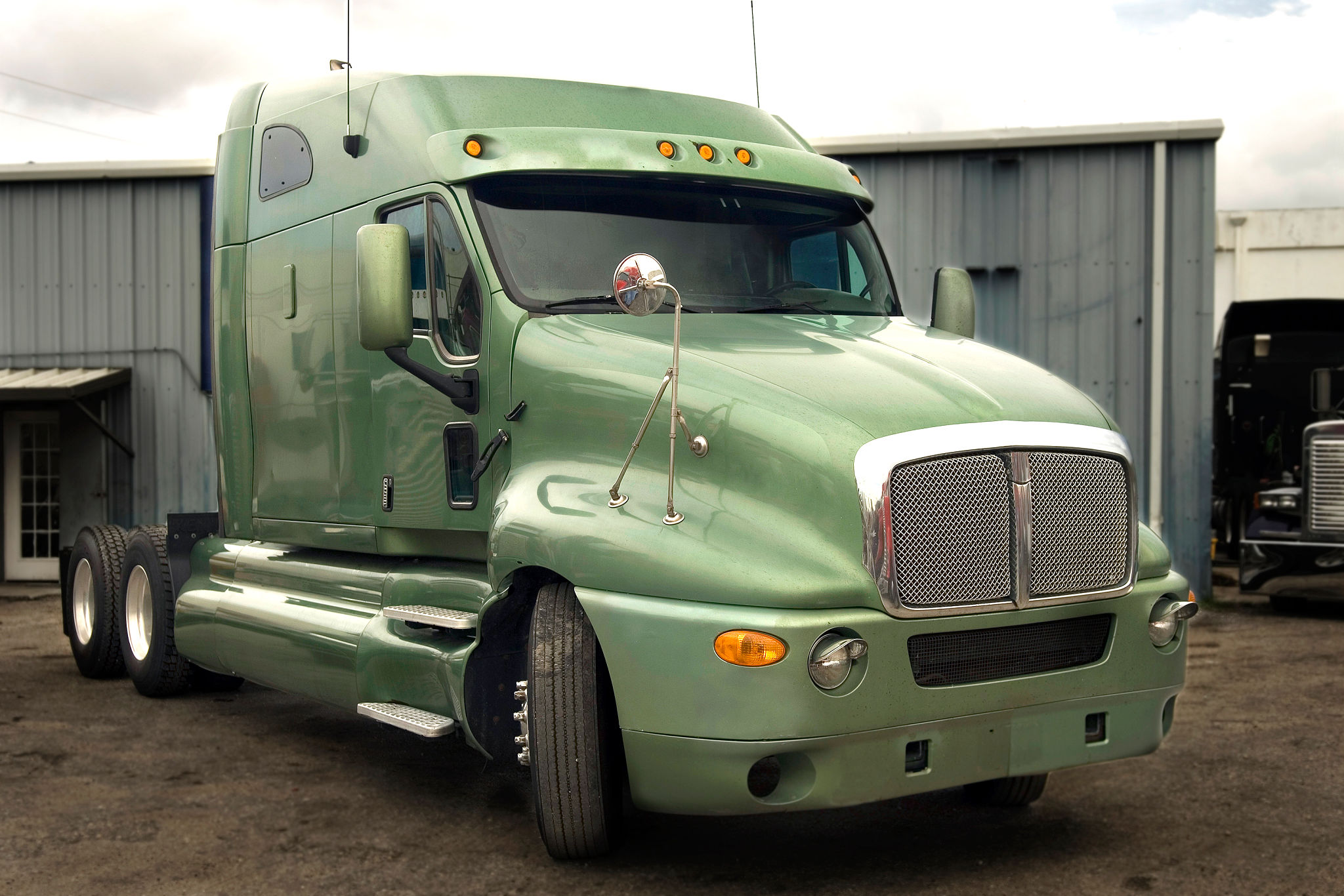Understanding the Drayage Process: A Step-by-Step Tutorial
AS
Introduction to Drayage
Drayage is a term that refers to the transport of goods over a short distance, often a critical component of the logistics and supply chain industry. It is most commonly associated with the transportation of freight from a port to a nearby warehouse, distribution center, or rail terminal. Understanding the drayage process is essential for businesses involved in import and export operations, as it can significantly impact delivery timelines and costs.

The Role of Drayage in Shipping and Logistics
Drayage acts as the bridge between different modes of transportation, such as sea, rail, and road. It is a vital part of intermodal shipping, ensuring goods move efficiently from ships to trucks or trains. This process not only facilitates smooth transitions but also helps in reducing congestion at ports by swiftly moving cargo to its next destination.
In the logistics chain, drayage serves as the initial step in the domestic leg of a shipment's journey, making it crucial for maintaining the flow of goods. It's important to note that while drayage might seem straightforward, it involves detailed coordination and precise timing.
Types of Drayage
There are several types of drayage services, each tailored to specific needs:
- Inter-carrier drayage: Movement of goods between different carriers.
- Intra-carrier drayage: Transport within the same carrier network.
- Door-to-door drayage: Direct transportation from shipper to consignee.

Step-by-Step Overview of the Drayage Process
The drayage process can be broken down into several key steps:
- Pickup Order: The process begins when a pickup order is received from the shipper or freight forwarder.
- Container Retrieval: A drayage truck collects the container from the port or rail terminal.
- Transport to Destination: The container is transported to its intended destination, which could be a warehouse or distribution center.
- Delivery and Unloading: Upon arrival, the container is unloaded and the goods are prepared for the next stage of their journey.
Challenges in Drayage
Despite its importance, drayage faces several challenges that can affect its efficiency:
- Port Congestion: Delays at ports can lead to increased waiting times for drayage trucks.
- Regulatory Compliance: Adhering to transportation regulations and environmental standards can be complex.
- Driver Shortages: The industry often faces a shortage of qualified drivers, impacting service availability.

The Future of Drayage
The drayage industry is evolving with advancements in technology and changes in regulations. Automation and digital platforms are streamlining operations, improving tracking, and enhancing communication between carriers and shippers. Additionally, there is a growing emphasis on sustainability, with increased adoption of eco-friendly vehicles and practices.
As global trade continues to expand, the demand for efficient drayage services will only increase. By staying informed about industry trends and technological innovations, businesses can optimize their logistics strategies and remain competitive in an ever-changing market.
Conclusion
Understanding the intricacies of the drayage process is crucial for any business involved in shipping and logistics. By comprehending each step and addressing potential challenges, companies can ensure their goods move smoothly from port to market. As technology continues to advance, keeping abreast of new developments will be key to optimizing operations and reducing costs.